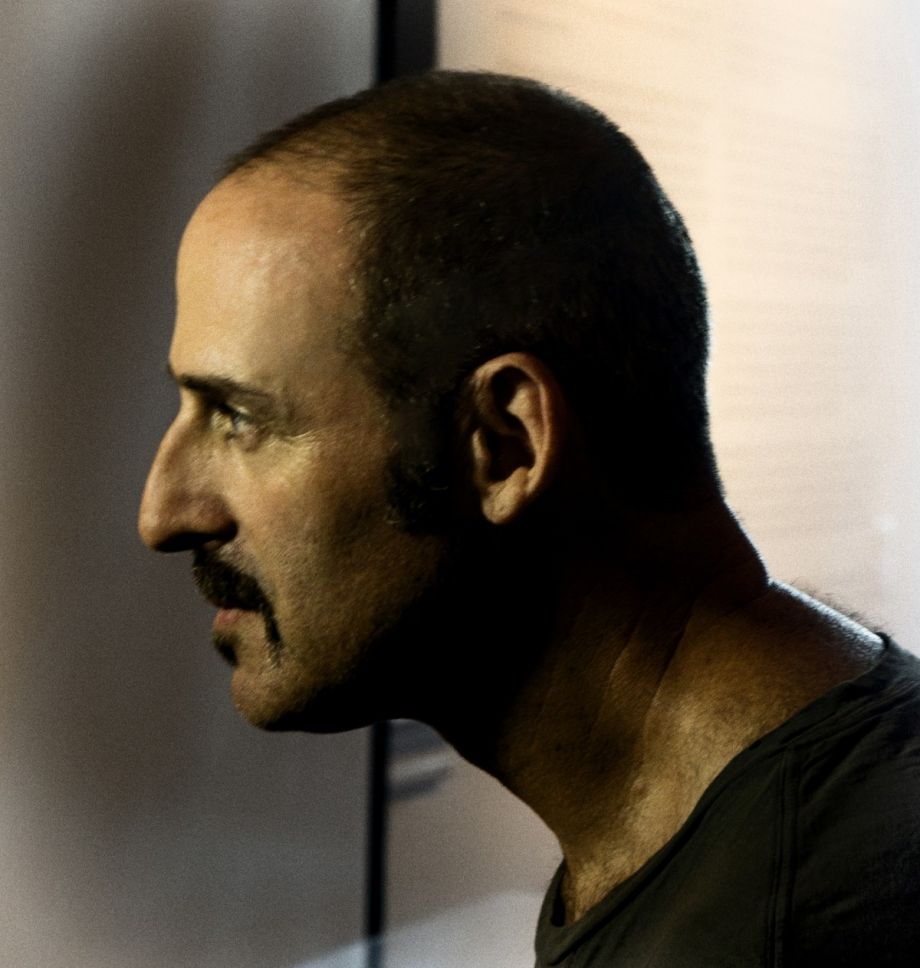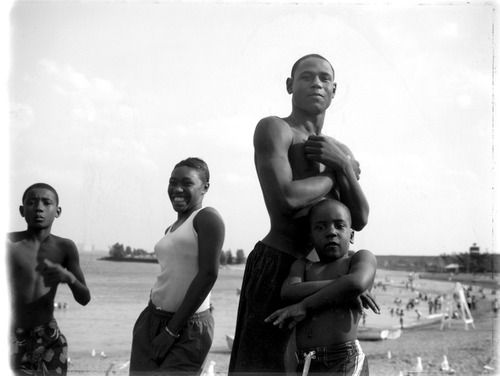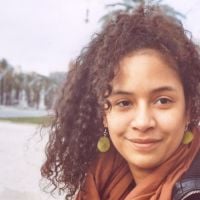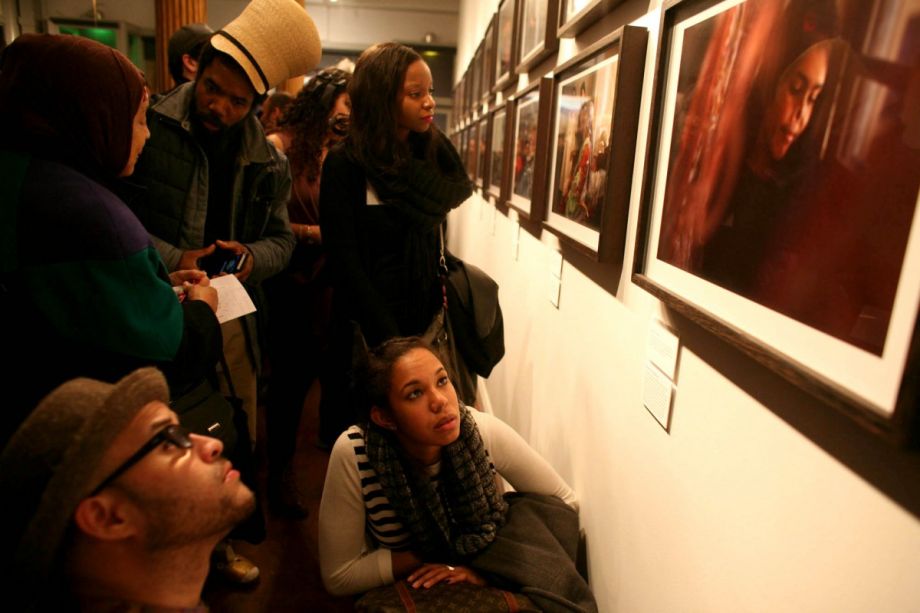In the era of selfies and Instagram, one Bronx art gallery is helping neighbors place their community in local, national and global contexts — without looking at a smartphone — and giving photographers a much different audience from the typical Chelsea gallery-goers.
Michael Kamber, a prize-winning war photographer for the New York Times, opened the Bronx Documentary Center in 2011. In addition to photo exhibits, the Center hosts film screenings and educational programs and puts on an annual gentrification conference. Currently, it’s showing Carlos Javier Ortiz’s We All We Got, which depicts the way gun violence devastated neighborhoods in Chicago and Philadelphia between 2006 and 2013. It is helping Bronx residents confront and cope with the way that violence affects life in their community. I talked to Kamber about the center, the power of photography and more.
What inspired you to open the Bronx Documentary Center?
I think that we were interested in creating a space that would help people tell their own stories and represent their community. You can level the playing field for people who wouldn’t have access to journalism schools and a lot of their educational resources.
Tell me about how you acquired the building from the city.
I’d been looking for a building for years in the area and just came across it. There was a “For Sale” on it. It was purchased from Neighborhood Housing Services, which works with the city to rehabilitate buildings in underserved areas. … I think it’s a big part of our success that we are on a really busy corner and we’ve got windows all around. We are very much at street level. We put in a floor and electricity and walls. Everything we do we think about what’s keeping with the aesthetics of the building and its history.

Michael Kamber (Photo by Ron Terner)
Why is it important that an exhibit like “We All We Got” opens in the Bronx instead of downtown?
We are a community that’s suffering from gun violence. I think it’s also important that people in the suburbs see this work, but we’re suffering right here. It really allows us to help kickstart a conversation, especially because the work is done in a really empathetic way. It’s done from the inside — from the point of view of the people.
It’s not sensationalistic. It’s not about blame. It doesn’t attack anyone. It’s about the cost of gun violence in a way that people can relate to and discuss.
What are visitors from the neighborhood saying about the show?
So far [the response] has been great. We had about 250 people at the opening. [Ortiz] did a slideshow and a talk and that was also standing-room only. People are interested in coming to the other programs we have around stopping the violence.

“Fam, 2006 Chicago” (Photo by Carlos Javier Ortiz)
How has the relationship with the surrounding community changed since the gallery opened?
We sort of started as a concept and a lot of people predicted our demise and thought that there wouldn’t be acceptance. Slowly, we built up a core of programs by and for the people of this community. I think today there’s tremendous acceptance.
What kinds of things are you thinking about when prioritizing or selecting exhibitions?
We try to think about the issues in our community and which need attention here. [We try to think about] what is new or changing our community. Every exhibition we do, we tie it to what people in the Bronx need or are interested in or are asking for. That’s really our number one criteria.
The Equity Factor is made possible with the support of the Surdna Foundation.

Alexis Stephens was Next City’s 2014-2015 equitable cities fellow. She’s written about housing, pop culture, global music subcultures, and more for publications like Shelterforce, Rolling Stone, SPIN, and MTV Iggy. She has a B.A. in urban studies from Barnard College and an M.S. in historic preservation from the University of Pennsylvania.









